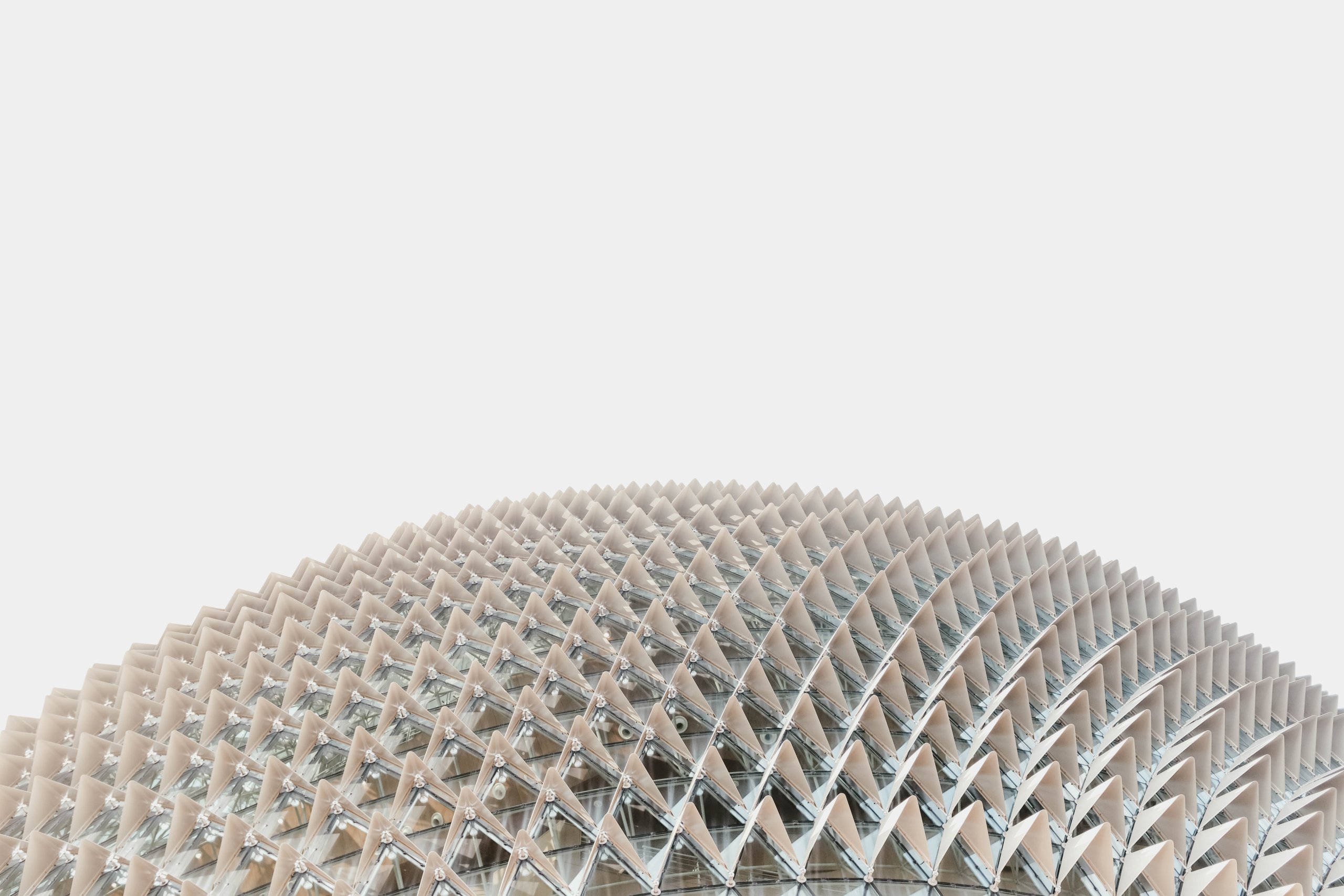Who hasn’t heard of Obsessive Compulsive Disorder commonly known as OCD? It is a type of anxiety disorder that leads to repeated, unwanted thoughts or sensations and/or the urge to do something over and over again. Many individuals who suffer from OCD may have both obsession and compulsion.
There is a common misconception that controlling OCD behaviours is like controlling habits such as biting your nails or negative thinking. Unfortunately, an obsessive thought is far more difficult to contain and so is a compulsive habit. An example of this is an obsessive thought that certain numbers and colours are good and others are bad. Or a compulsive habit to check all the locks of the house 7 times before leaving home. Although an individual may be aware of these thoughts and habits, they might feel powerless to stop.

Table of Contents
ToggleAlmost everyone has repetitive thoughts and habits, but individuals with OCD have behaviours or thoughts that:
- Take up at least one hour daily
- Beyond their control
- Are not enjoyable
- Interfere with their social life, interpersonal relationships and work
OCD Types and Symptoms
OCD symptoms vary from individual to individual with some displaying more obsessive behaviour while some other more compulsive actions and thoughts. Here’s what is the difference between the two and how they impact people:
Obsessions
Obsessive thoughts can impact a person’s day-to-day. It can cause emotional distress and make it hard to accomplish daily tasks. Even if a person is aware of it being an ‘obsession’ the feeling causes considerable duress and they might try to escape anything that triggers these thoughts.
There are many types of obsessions and many of them co-occur in people with OCD. Here are some common themes:
Obsessions about hygiene or germs:
These obsessions typically involve anxiety about things that can make one dirty or sick such as
- Mud and dirt
- Pollution, radiation or environmental hazards
- Germs and Illnesses
- Bodily fluids
- Toxic household items(such as cleaning products, sprays)
Obsession about behaviours
These obsessions are typically about taboo behaviours and they come up as images or urges. This can cause major upsetting feelings for the individual as the behaviour or thought is not in accordance with their personal beliefs and values.
These may involve:
- Unwanted behaviours about sexual behaviours one may not be interested in
- Worry about acting violently towards others
- Fear of acting in a blasphemous way
- Sexually explicit thoughts about family members or aggressive/harmful sex acts
Other obsessions include a fear of losing control and acting on one’s impulses(such as hurting someone, breaking laws, or acting on unwanted thoughts) or causing accidental harm(by forgetting something important or needing objects to face in a specific way).
Compulsions
Compulsions are mental or physical responses to obsessive thoughts. This is one way of gaining relief from obsessive thoughts but unfortunately, the feeling is short-lived. For example, washing hands a certain number of times, locking your home’s front door seven times before leaving etc.
However, often compulsions are not related to an obsessive thought and have no correlation. An example of this would be compulsive shopping or hoarding possessions. Some people wear their clothes in a specific order because they think it’s lucky for them, some others tap specific objects around the house before leaving because they find it prevents them from getting into accidents etc.
Again compulsive behaviours fall into many categories including:
Checking/testing compulsions
Checking or testing compulsions are when a person ensures there are no mistakes, or if they can’t/don’t hurt anyone(by hiding knives), the appliances are turned off, etc.
Ritualistic or mental compulsions
Ritualistic compulsions or mental compulsions lead to the individual following a ritual or a pattern such as praying frequently, counting up to a specific number, repeating numbers or words in a fixed pattern for a set number of times, making lists for actions or tasks.
Cleaning compulsions
Cleaning compulsions involve cleaning/washing parts of your immediate environment or your own body. An individual with a cleaning compulsion may wash their hands multiple times, avoid touching specific objects, follow specific hygiene that many would consider over the top, and clean their house or office or desks repeatedly or a fixed number of times.
Repetition or arrangement compulsions
These types of compulsions require doing things at a certain time or until something feels or looks right. For instance, tapping or touching things when entering a room, turning all objects a certain way, arranging things in a particular way, making body movements or twitching a certain number of times.
Other types of compulsive behaviours include the need to confess thoughts or feelings over and over, avoiding triggers or situations that may lead to compulsion, and seeking reassurance from friends, family or religious figures.
Just like compulsions can exist without obsessions, obsessions can exist without compulsions. This is a lesser-known variation of OCD called “pure O”.
Seeking Help for Obsession and Compulsion
Obsessions and compulsions can indicate you have OCD if they are unwanted, have a negative impact on your life, and take up a large part of your life. If you have OCD symptoms then talk to a mental health professional to help you identify and classify your symptoms accordingly. Treatment for OCD is usually a kind of cognitive behavioural therapy with exposure and response prevention(ERP). Your therapist will work you to down your problems into different elements and help you face your fears, thoughts and compulsive actions.
While the treatment may sound frightening and difficult but people have found psychotherapy to be one of the most useful means to keep their OCD in check.